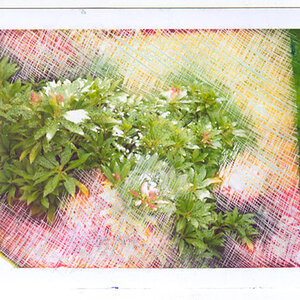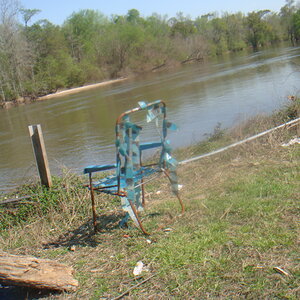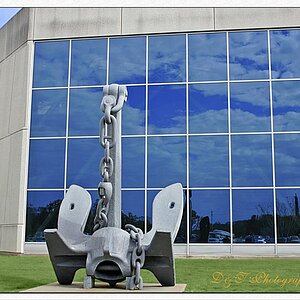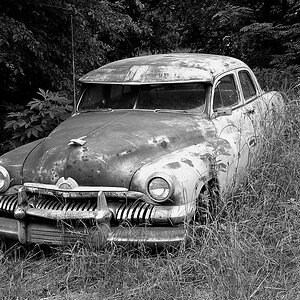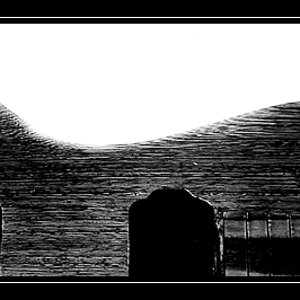norris_watkins
TPF Noob!
- Joined
- Jul 13, 2008
- Messages
- 11
- Reaction score
- 0
- Can others edit my Photos
- Photos OK to edit
Im an advanced beginner and have been thinking of buying an incident light meter.
As per my understanding, it will measure the light falling on the subject and would suggest the correct exposure ( Aperture/speed )
But I thought different cameras differ in their sensors sensitivity ( some camera models needs little light whereas some needs a lot of light )
So without knowing the exact camera model, how can teh incident light meter advice on the exposure settings ?
Did I understand the whole thing wrong ?
--nw
As per my understanding, it will measure the light falling on the subject and would suggest the correct exposure ( Aperture/speed )
But I thought different cameras differ in their sensors sensitivity ( some camera models needs little light whereas some needs a lot of light )
So without knowing the exact camera model, how can teh incident light meter advice on the exposure settings ?
Did I understand the whole thing wrong ?
--nw


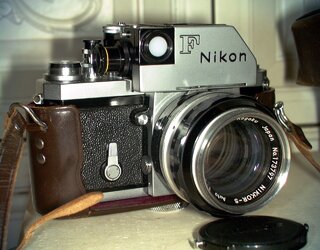

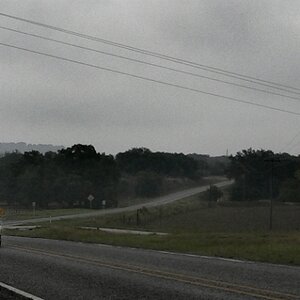
![[No title]](/data/xfmg/thumbnail/38/38740-d1a7721cf77e9309a9b4a4829c65fdd4.jpg?1619738704)
![[No title]](/data/xfmg/thumbnail/38/38739-1ad36a46750bafbe805f009b4453e8be.jpg?1619738703)

